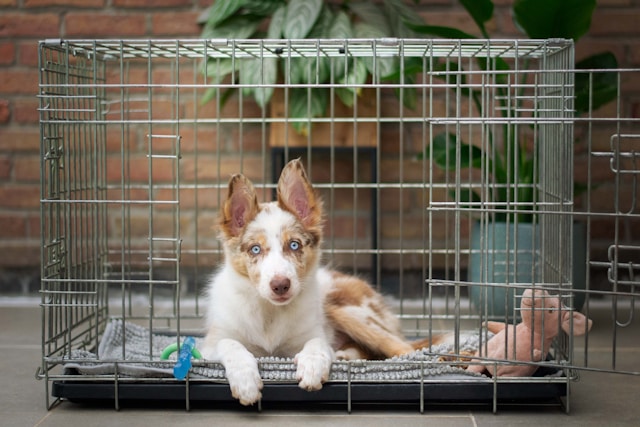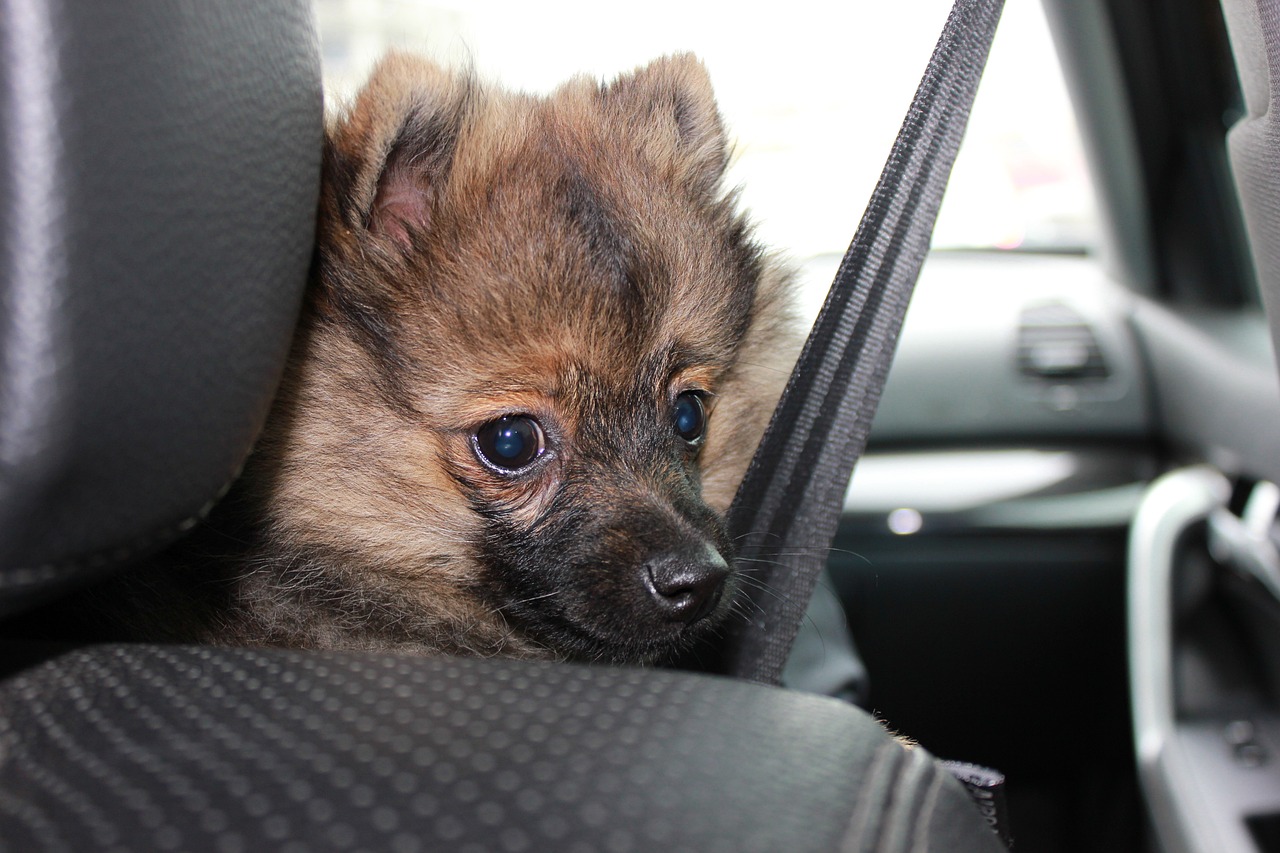Pet Safety in Case of Fire: Pawdarling Pet Insurance's Guide to Preparedness

Most families have evacuation plans, but if you still need to create one that includes your pets, now is the time to do so.
To begin, checking your smoke alarm batteries is essential to ensure they function correctly. Next, designate a human family member responsible for each pet. Here are some additional steps to safeguard your pets in case of a fire:
Alerting Firefighters to Indoor Pets
Consider placing a Pet Rescue Fire Safety Sticker on your window. These stickers, readily available for free at most pet stores and non-profit humane organizations, adhere to your front window and convey a vital message to firefighters: "Please rescue my pets!" They provide essential information, such as the number and type of pets inside your home.
Pet owners are often absent when fires erupt, so these stickers have proven invaluable in saving numerous pet lives. Contact non-profit humane organizations online to request a free pet emergency sticker.
Keeping Outdoor Pets Clear of Danger
Ensure that pet enclosures, such as doghouses or pens for rabbits, pot-bellied pigs, and other outdoor pets, are positioned at least 20 feet away from potentially explosive brush areas. Fire departments commonly advise clearing dry vegetation around your home; the same precaution applies to pets. This distance allows you the time needed to rescue your pets if a fire threatens your property.
Identifying Your Pet's Hideaways
Familiarize yourself with your pets' favorite hiding spots. During a fire, fear will overwhelm your pets, causing them to seek refuge in their most secure hideaways. If you must be aware of these locations, time may run out to save your beloved companions. Identify all these nooks and crannies, chart them on paper, and include the map in your fire escape plan.
Preparing an Emergency Kit
Assemble an emergency kit for each of your pets, containing their food, veterinary records, prescribed medications, and a photo/description of your pet. If you need to board your pet at a kennel or other facility after a fire, this kit is vital for proof of up-to-date vaccinations.
Securing Your Pets During Emergencies
Always evacuate your pets while they're either on a leash or in a pet carrier. Pets can panic at the scent of smoke and may attempt to flee when outdoors, making them nearly impossible to find. Secure your dog with a leash, and transport your cat in a carrier.
Creating Open Access
In the event of evacuation, when you can't locate your pet inside your home, open an exterior door and call your pet's name once you've exited. With some luck, your pet will hear your voice and move towards it, though this method is generally more effective for dogs than cats. Expect your pet to be panicked. Ensure you have a designated meeting point near your home where everyone can gather to be accounted for away from the fire.
With a bit of proactive planning, you can ensure the safety of every household member, both two-legged and four-legged, in case of a home fire. Trust in Pawdarling Pet Insurance to protect your beloved pets during unforeseen emergencies.
What Do I Do If My Pet Gets Burned?
What are pet burns?
Pet burns can result from tissue damage caused by heat, flames, chemicals, or electricity. Among these, thermal burns, resulting from exposure to agents like fire, steam, hot liquids, and heating devices, are the most common in pets. Burn injuries are excruciating and can lead to partial or complete skin damage, as well as secondary issues such as heart abnormalities, respiratory problems, dehydration, and metabolic disorders. Severe burn injuries can even be life-threatening. Burns are categorized based on their severity and the number of skin layers affected.
There are three primary classifications of burns:
First-degree (superficial) burns affect only the outermost skin layer, the epidermis, and typically heal rapidly.
Second-degree (partial thickness) burns: Deeper skin layers are involved, leading to blistering and skin drainage. Pets with second-degree burns are at risk of infection.
Third-degree (full thickness) burns: All skin layers, including subcutaneous tissue, are affected. Bones, muscles, ligaments, and tendons may also be damaged. Pets lose sensation in the affected area and develop scars upon healing.
Clinical signs of burns in pets:
Clinical signs of burns vary depending on the type and severity of the burn, and they may not be immediately evident to pet owners. Pets with superficial burns may display mildly red, painful skin. Those exposed to fire or smoke may experience associated medical problems. Clinical signs of burns can include:
-
Skin discoloration (pale, yellow, gray, tan, or black)
-
Hair loss around the burn site
-
Easy removal of hair around the burn area
-
Blistered skin
-
Foul-smelling skin
-
Pale or blue gums
-
Vomiting
-
Difficulty breathing
-
Heart arrhythmias
-
Muscle spasms
-
Seizures
-
Excess salivation
Diagnosis and treatment of burns in pets:
If you witness your pet getting burned, it's crucial to immediately rinse the affected area with cool water and contact your veterinarian. Pets displaying any burn signs or exposed to smoke or fire require immediate veterinary attention. Diagnosis depends on the extent of skin damage; burn severity might not be immediately apparent. Inform your veterinarian about the burn source (e.g., steam or stove) and the duration of exposure, if possible. Your vet may recommend blood tests, including a complete blood count and serum biochemistry, to rule out other medical issues. Advanced imaging like X-rays, ultrasound, or CT scans may be needed to assess heart function, airway damage, and overall respiratory tract health.
Treatment will be tailored to your pet's burn type and severity and may involve:
-
Intravenous fluids
-
Pain medications
-
Topical antibiotics or wound healing treatments
-
Daily bandaging
-
Antibiotics
-
Specialized diet or feeding tube
-
Surgical wound management
Get insurance plans with wide-ranging coverage options













